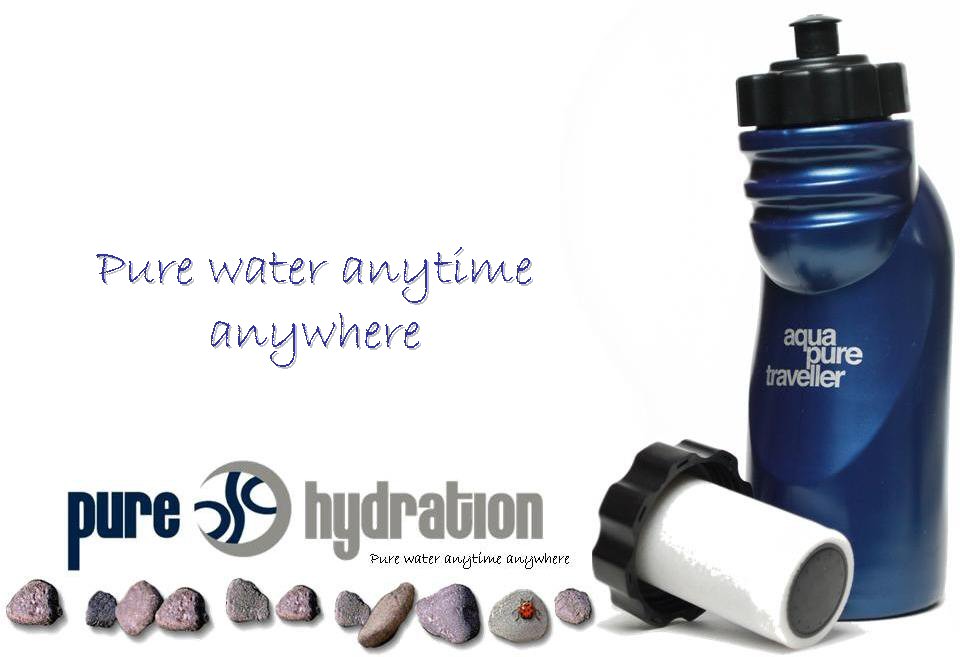Arsenic exposure from drinking water, and all-cause and chronic-disease mortalities in Bangladesh
Background
Millions of people worldwide are chronically exposed to arsenic through drinking water, including 35—77 million people in Bangladesh
Methods
In the prospective cohort Health Effects of Arsenic Longitudinal Study (HEALS), trained physicians unaware of arsenic exposure interviewed in person and clinically assessed 11 746 population-based participants (aged 18—75 years) from Araihazar , Bangladesh
Findings
407 deaths were ascertained between October, 2000, and February, 2009. Multivariate adjusted HRs for all-cause mortality in a comparison of arsenic at concentrations of 10·1—50·0 μg/L, 50·1—150·0 μg/L, and 150·1—864·0 μg/L with at least 10·0 μg/L in well water were 1·34 (95% CI 0·99—1·82), 1·09 (0·81—1·47), and 1·68 (1·26—2·23), respectively. Results were similar with daily arsenic dose and total arsenic concentration in urine. Recent change in exposure, measurement of total arsenic concentrations in urine repeated biennially, did not have much effect on the mortality rate.
Interpretation
Chronic arsenic exposure through drinking water was associated with an increase in the mortality rate. Follow-up data from this cohort will be used to assess the long-term effects of arsenic exposure and how they might be affected by changes in exposure. However, solutions and resources are urgently needed to mitigate the resulting health effects of arsenic exposure.
Funding
US National Institutes of Health.
Source | The Lancet, Early Online Publication, 19 June 2010

No comments:
Post a Comment